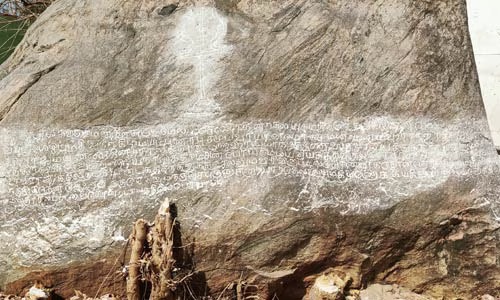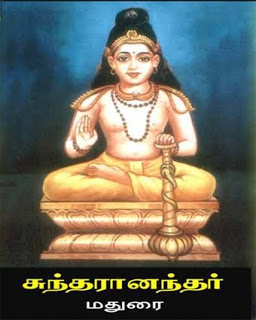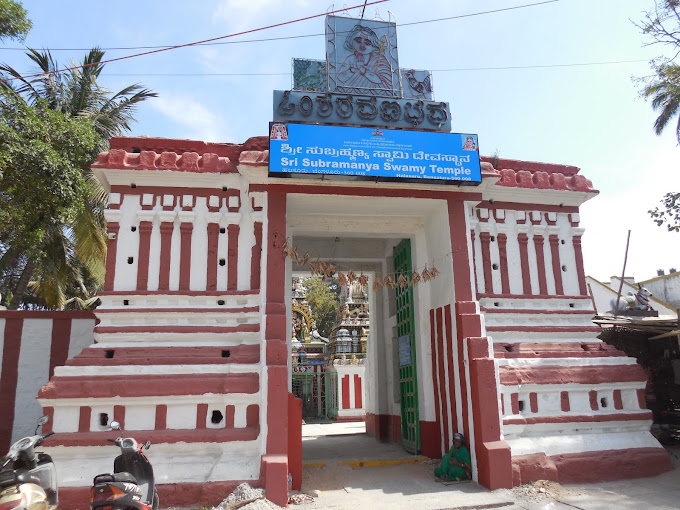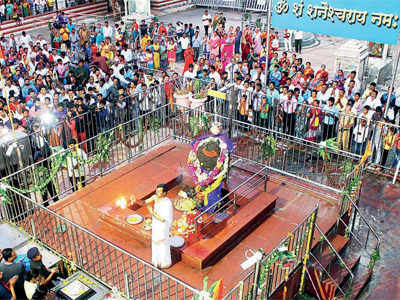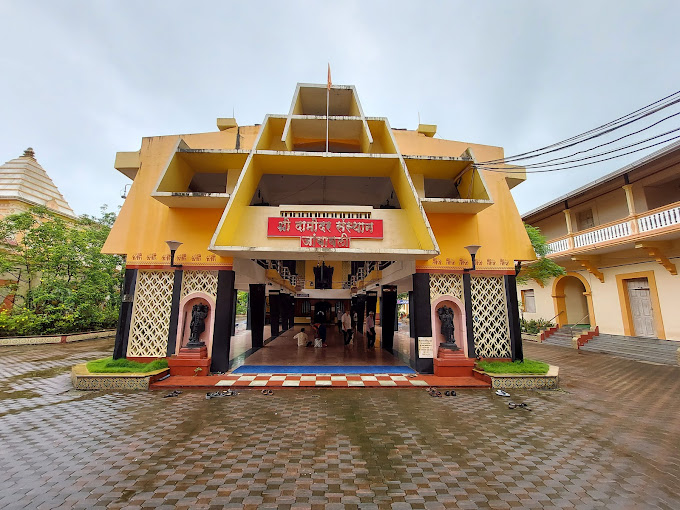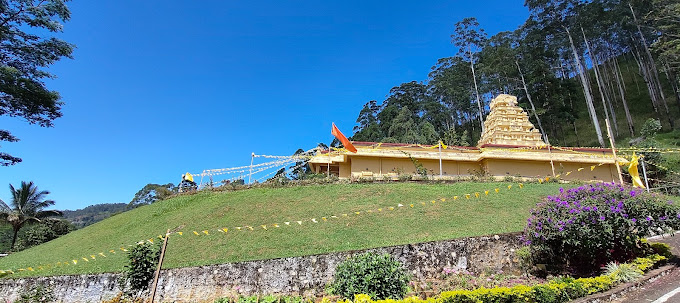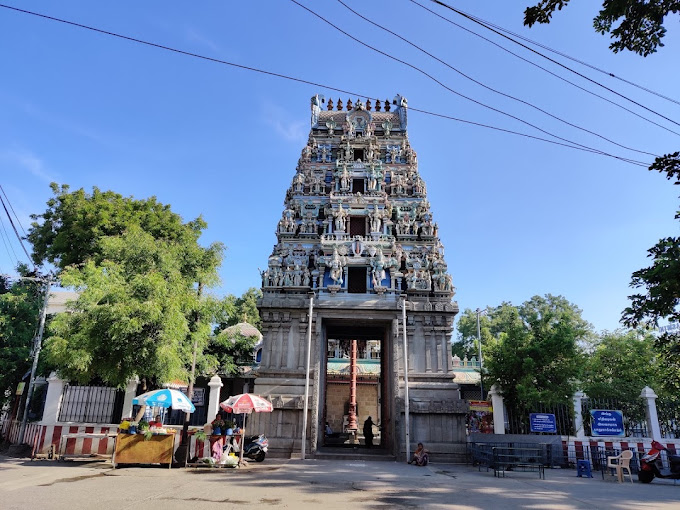Thirubuvanam Kampaheswarar Temple, Thanjavur
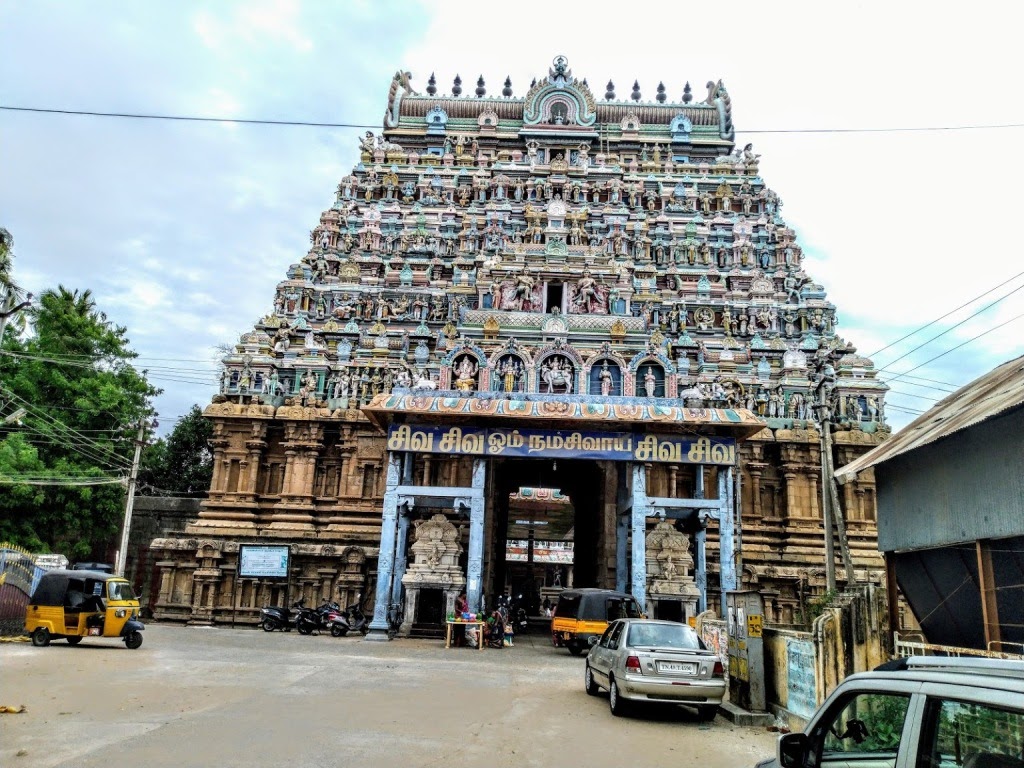
Address
Thirubuvanam Kampaheswarar Temple, Thirubuvanam, Thiruvidaimarudur Taluk, Thanjavur District – 612 103 Phone: +91 435 246 0760
Diety
Kampaheswarar / Kampahareswarar / Nadukkam Theertha Nayagan / Thirubhuvana Eswarar / Thirubhuvana Ma
Introduction
Kampaheswarar Temple is dedicated to Lord Shiva located in Thirubhuvanai Town near Kumbakonam in Thiruvidaimarudur Taluk in Thanjavur District of Tamil Nadu. Presiding Deity is called as Kampaheswarar / Kampahareswarar / Nadukkam Theertha Nayagan / Thirubhuvana Eswarar / Thirubhuvana Mahadevar and Mother is called as Dharmasamvardhini / Aram Valartha Nayaki. The Temple is also known as Kampahareswarar Temple and Sarabeswarar Temple. The architecture of the temple is similar to the Big Temple at Thanjavur, Airavatesvara Temple at Darasuram and Gangai Konda chola Puram Temples.The Temple is considered as Thevara Vaippu Sthalam as Devaram hymns sung by Appar.
Puranic Significance
The temple was built by the Kulottunga Chola III of the Later Cholas, who ruled between 1176-1218 AD of the 13th century. The Temple was constructed by the Chola King Kulothunga Chola III as a memorial of his successful North Indian campaign as per the inscriptions found in the south wall of the temple. He assumed the title of Thiribuvana Chakravarthy after defeating Cheras, Singhalese and Pandyas. This place was named after his title as Thirubuvanam. The inscriptions indicate the contribution towards the construction of the Nataraja shrine and the Mukha Mandapa. Some of the other temples that figure in the inscriptions are Nataraja Temple in Chidambaram, Meenakshi Temple at Madurai, Ekambareswarar Temple at Kanchipuram, Mahalingeswarar Temple at Thiruvidaimaruthur and Brihadeeswarar Temple at Thanjavur. The inscriptions in the shrine of the presiding deity is similar to the one in the outer gopuram (gateway tower), which indicates the building of the temple by Kulottunga Chola III. There are four inscriptions from Kulothunga Chola in Grantha script. The inscription 189 of 1907, the one on the southern wall of the central shrine, is damaged and mentions Arya Sri-Somanatha. Inscription 190 on the same wall indicates the building operations of Kulothunga Chola. 191, at the entrance of outer gopura, is a duplicate of the 190. On the same gopura, inscription 192 indicates record of king Kulothunga Chola. There are two inscriptions in Tamil from the period of Jadavarman Tribuvana Chakravarthy Parakrama Pandya Deva registered by Epigraphy Department in 1911. One of them, 159, registers a contract between the residents of Tribhuvanavirapuram and Kulamangalanadu, who were urkaval (watchmen) of the village. On the same wall, the inscription numbered 160, records a similar contract in the presence of Chief Udaiyar Kulasekharadeva. Pandyan King, Varaguna, who, according to tradition, lived in the seventh century A.D. Once he went for hunting in a nearby forest and when he started back home, dusk had already fallen. The horse, fatigued by the hunt, was anxious to get back to the stables, and literally flew over the path. Meanwhile an aged Brahmin, also travelling through the forest, had called it a day and was lying fast asleep under the shelter of a large tree. Unfortunately, the path which the King’s horse took was led over the very place where the old man lay sleeping. The hooves of the horse crushed his chest, and he perished on the spot. So fast was horse that the King had no inkling of this terrible calamity. Only when the soldiers following him saw the dead Brahmin and informed him, did the King come to know of the tragedy. He lost no time in observing the penances and sacrifices ordained in the shastras for absolution from this sin; but the damage was done Brahmmahathi (spirit of the dead Brahmana) clung to him all the more tightly. In despair, the King sought the help of Lord Sundareswarar of Madurai. One day, when he was circumambulating the shrine, a divine voice stated him that a Chola King will invade your Kingdom soon. Fight him and he will be defeated. As he flees back to his country, chase him without harming him. He will lead you to Thiruvidaimarudur where Lord Shiva himself worshipped his own image. The Sin clinging to you now will leave you by praying to Lord Shiva there. The King then visited the temple at Thiruvidaimarudur as per the divine guidance and prayed to Lord Mahalingeswarar. He entered the temple through the Eastern entrance and the Brahmmahathi could not enter the temple and waited outside the temple for the King to return. As advised by Mahalingaswamy, the King left by the Western Gopuram (Tower) and hence got rid of the Brahmmahathi dosham and the Brahmin’s ghost. The Brahmmahathi is waiting outside still in the south ornamental entrance (south Torana Vayil) with head disheveled and face immersed betwixt the knees. The king was relieved of his malady. Yet, he was trembling with the fear of the spirit catching him again. Lord Kampaheswarar saved the king from trembling (Nadukkam or Kampa). Hence, He is praised as Nadukkam Theertha Nayakan or Kampaheswarar. People worshipped Lord Shiva here: Lord Vishnu, Prahalada, Lord Brahma, Agni, Mandhadha, Varaguna Pandian, Moon and Sun had worshipped Lord in this temple.
Beliefs
Those praying to Lord Kampahareswarar are blessed with total relief from neurology problems, shivering, meaningless fear in mind, lack of brain growth and other ailments. They are also blessed with healthy longevity. Mother Ambika frees her devotees from sin, ensures unity among couples and child boon. People pray to Lord Sarabeswarar for removing obstacles in marriage, relief from illness, promotion in job, child boon, recovery from debts, worries, court matters, neutralizing the effects of witchcrafts & black magic, threats from hidden enemies, spells, adverse situations caused by planets. Devotees perform Sahasranama archanas (chanting 1000 names of Lord), sandal abishek, Saraba Yajnas to Lord Sarabeswarar for 11 weeks continuously. Pooja during Rahukalam on Sundays is expected to bring success in desired areas. They perform archanas with red flowers, fragrant leaves called Marikozhundu in Tamil, Vilwa, Nagalinga flowers and offer vastras. This is an important commitment. They also perform abishekam with curd and milk for relief from ailments and longevity respectively. Generally, abisheks are offered to Lord with oil, Rudrabhishekam, offering vastras to Lord and Mother, Annadhanam-feeding and nivedhanas for distribution to devotees.
Special Features
The temple is facing towards east with 7-tiered Rajagopuram and has two prakarams. The Temple covers an area of about 5.5 acres. Kambatthadi Vinayagar, Dwajastambam, Balipeedam and Nandhi can be found immediately after the Rajagopuram. There is a three-tiered Gopuram at the entrance of the inner prakaram. Adhikara Nandhi is situated on the left side of this entrance. The Sanctum Sanctorum consists of Sanctum, Antarala, Artha Mandapam, Maha Mandapam, Mukha Mandapam and Somaskandar Mandapam. The Sanctum Sanctorum is built over a raised platform similar to Mada Kovil style. The Sanctum is square on plan. Presiding Deity is called as Kampaheswarar / Kampahareswarar / Nadukkam Theertha Nayagan / Thirubhuvana Eswarar / Thirubhuvana Mahadevar and is facing east. He is housed in the sanctum in the form of Lingam. Lord is a Swayambhu Murthy. Bikshadana, Dakshinamurthy, Lingothbhava, Brahma and Durga are the Koshta Idols located around the sanctum walls. The Vimana is about 126 feet high with 7 tiers. An unusual feature of the temple is that the vimana is extremely high unlike other South Indian temples. The architecture of the temple is similar to the Big Temple at Thanjavur, Airavatesvara Temple at Darasuram and Gangai Konda Chola Puram temples. The distinct features of all the temples is the vimana, the structure over the sanctum, being taller than the gateway tower, which is an unusual feature in south Indian temples. Mother is called as Dharmasamvardhini / Aram Valartha Nayaki. She is housed in an east facing shrine. Her shrine is situated to the left side of the sanctum. Mother graces the devotees with Abhaya Mudra ensuring protection with one hand and holding lotus flower and Akshamala in other hands in a standing posture. The peeta (dais) is called Odyanapeeta and Padma Peeta. There is a separate shrine for Sarabeswarar, a fusion of man, eagle and lion, in the temple premises. This Shrine is situated opposite to Mother shrine. He is facing towards south. Utsava (metallic) idol, Sarabeswarar is situated in this shrine. Sarabeswarar will normally be seen only in pillars in all the temples. This is the only place where he is having a big and exclusive shrine. This Shrine is considered as Adhi (first) Sarabeswarar Shrine. Sarabeswarar is seen with his consorts Soolini and Prathiyangara. He is about 7 feet tall. The deity is believed to have relieved the devas (celestial beings) from the fury of Lord Vishnu in the form of Narasimha after he slayed Hiranyakasipu. He is seen with three legs, with body and face of a lion and a tail. It has four human arms, the right upper hand holds axe, noose is held in the lower right hand, the deer in the upper left hand and fire in the lower left hand. Narasimha is shown with eight arms, flaying and struggling under the feet of Sarabeswarar. The shrine has sculptures of Sridevi and Bhudevi, the consorts of Vishnu. Dwarapalakis can be found at the entrance of this shrine. He gives relief from bad evils, fear, court cases, debts and other difficulties. Sunday Ragu kalam (4:30 to 6 PM) is the best time to worship him. There are shrines for Sapta Matrikas, Lord Murugan with his consorts Valli & Deivanai, Nataraja, Chandikeswarar, Bhairavar and Navagrahas in the temple premises. Few loose sculptures can be found in the temple premises. There are sculptures of different Bharatanatyam poses in the southern side of the Somaskandar mandapam. Yali, a mythical creature with the face of a lion, which is otherwise considered a symbol of Nayak architecture has its earliest representation in Chola art in the temple. There are numerous paintings and sculptures in the temple depicting scenes from Ramayana and Mahabharata. There are about nine Theerthams associated with this Temple. The most prominent among them is Saraba Theertham. Sthala Vriksham isVilwa tree.
Festivals
18-day Panguni Brahmotsavam in March-April, with Saraba Utsav on the Sunday following the Brahmotsavam is celebrated in the temple with Eka Dina (single day) Archana throughout the night; Lord comes in procession that day in his silver car. Margazhi Thiruvadhirai, Karthigai Deepam, Puratasi Navaratri and Masi Shivrathri are festival days. Mondays, Fridays, Saturdays, Sundays, Ashtami (eighth day of new moon or full moon fortnights) are the days dedicated for special pujas to Lord Sarabeswarar. Also, daily Saraba Homa is conducted in the temple. Special pujas are performed for Lord Muruga on every Karthika star day. Sankatahara Chathurthi Puja is performed for Lord Vinayaka. Also, Poornima procession is celebrated each month. The devotee crowd will be huge on Pradosha days (13th day of full moon or new moon fortnights). Also, Tamil and English New Year days and Pongal are celebrated in the temple with special abisheks and Aaradhanas.
Century/Period/Age
13th century.
Managed By
Hindu Religious & Charitable Endowments Department (HRCE)
Nearest Bus Station
Thirubuvanam
Nearest Railway Station
Thiruvidaimaruthur
Nearest Airport
Trichy
